How Much Land Would it Require to Get Most of Our Electricity from Wind and Solar?
Union of Concerned Scientists
FEBRUARY 22, 2023
A recent National Renewable Energy Laboratory (NREL) study shows that it would take less than 1 percent of the land in the Lower 48—that’s an area comparable to or even smaller than the fossil fuel industry’s current footprint. Fortunately, the answer is relatively little. times current levels by 2035.



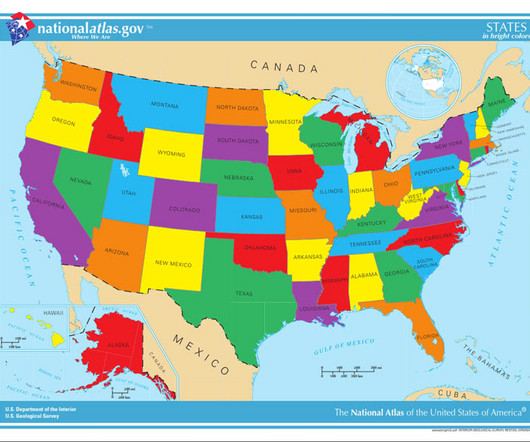
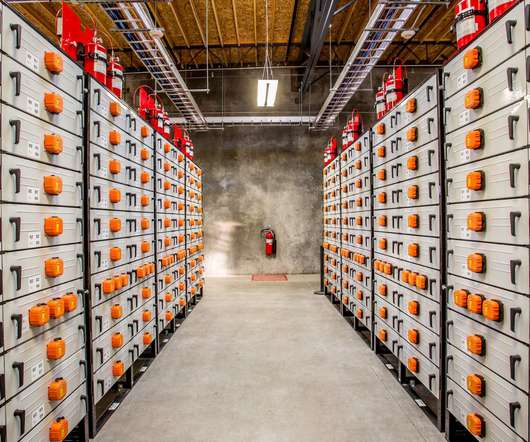





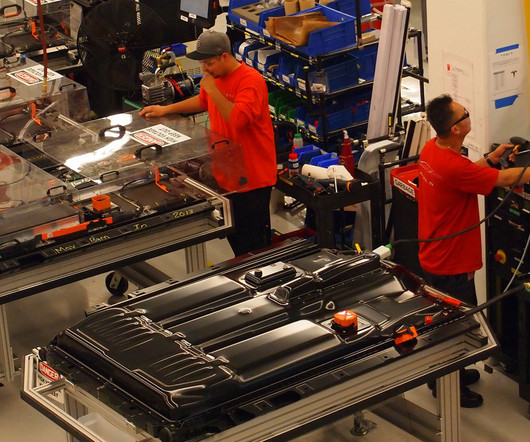

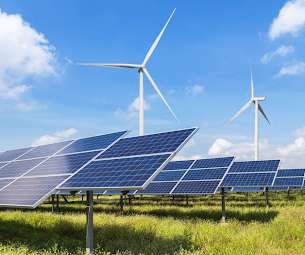
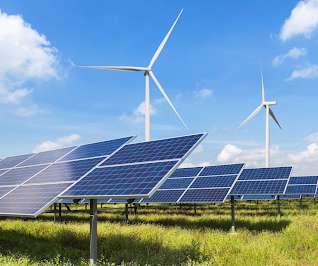

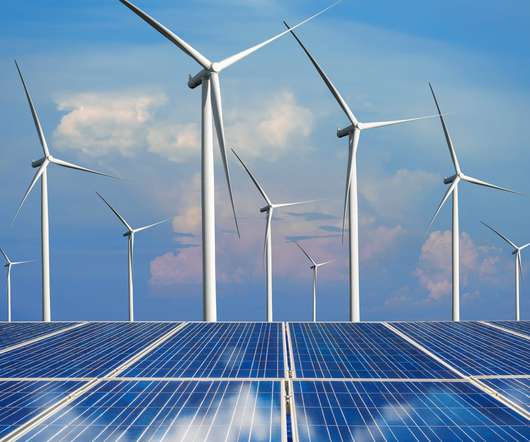

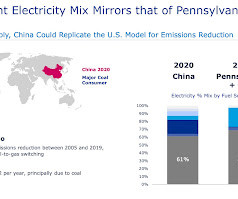
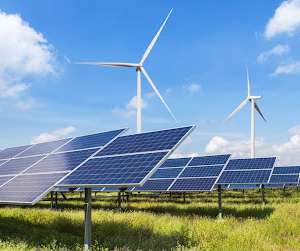












Let's personalize your content